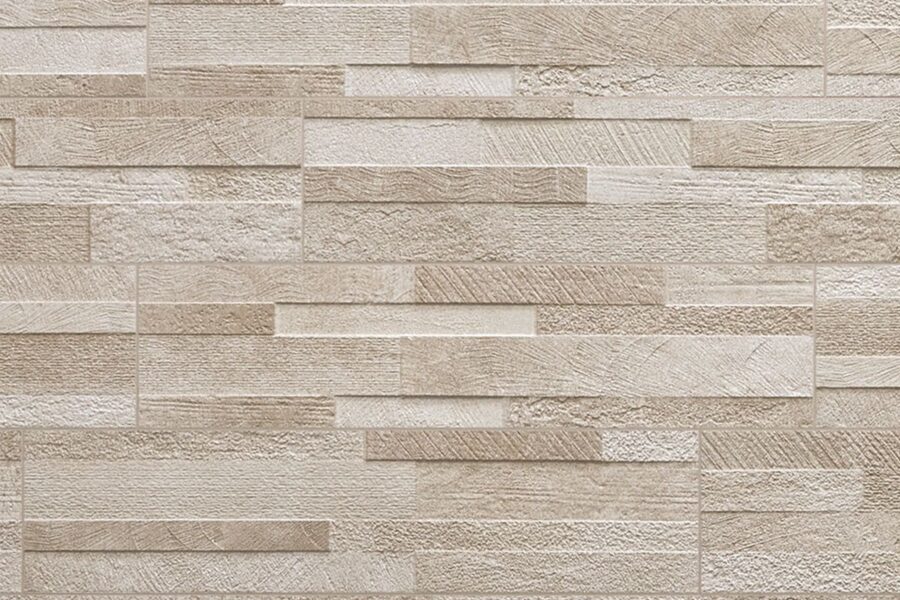When it comes to outdoor hardscape, choosing between natural stone and porcelain tile can be a tough decision. Both materials have their benefits and weaknesses, and it ultimately depends on
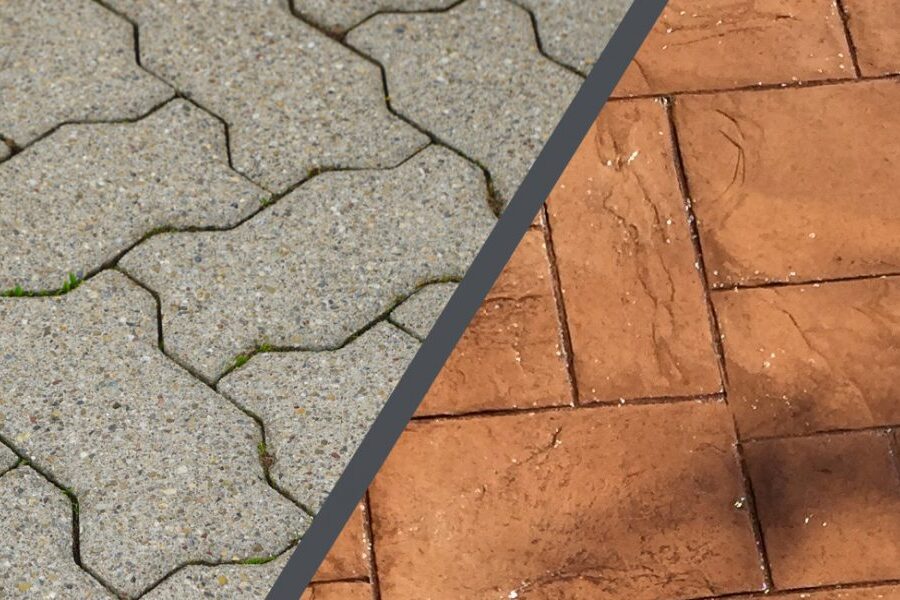
When it comes to creating outdoor living spaces such as patios, walkways, and driveways, there are a variety of options available. Two popular choices are poured-in-place concrete and interlocking pavers.
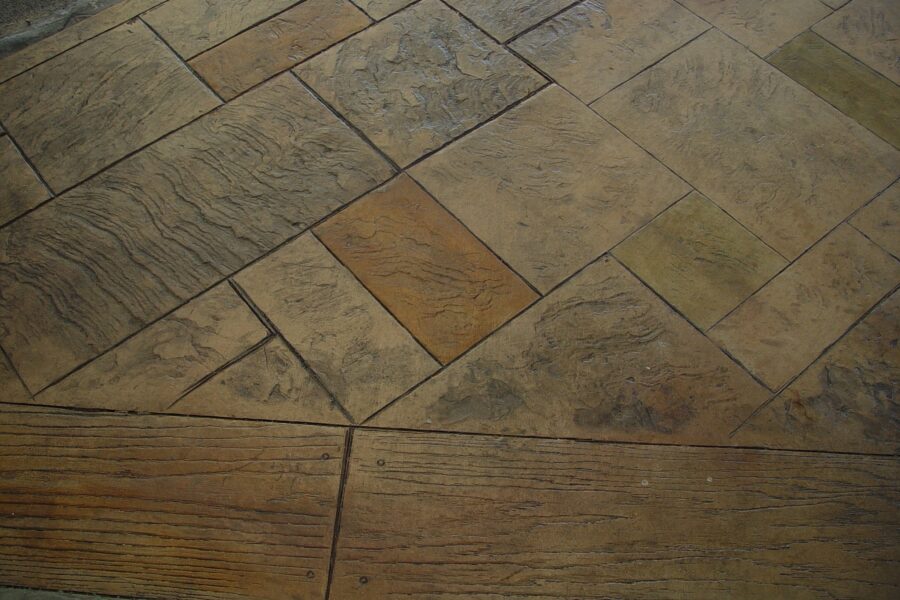
Stamped concrete is a decorative concrete technique that involves imprinting a pattern or texture onto freshly poured concrete using specialized stamps. The technique was first developed in the 1950s in
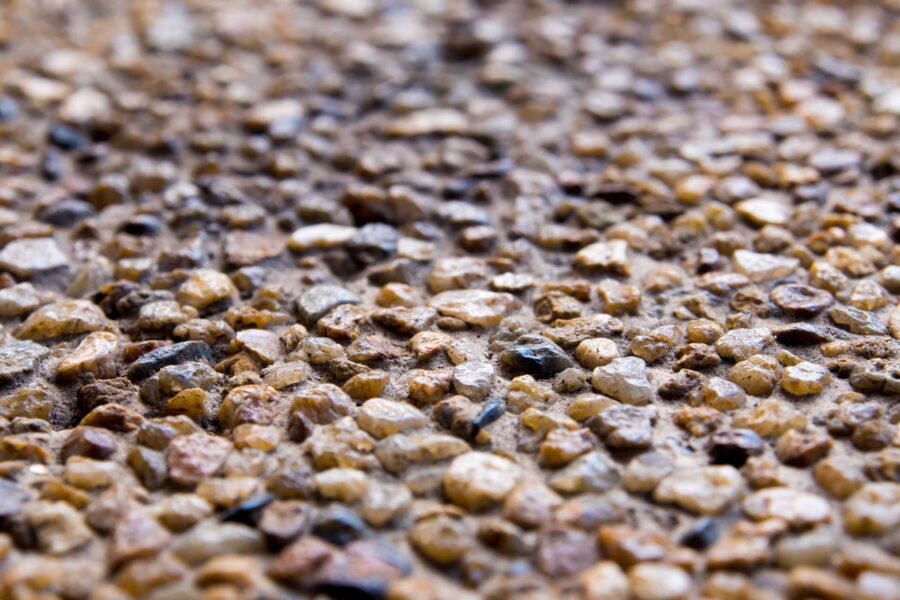
Exposed aggregate concrete is a decorative form of concrete that has been popular for several decades. It is created by pouring concrete and then removing the top layer of cement
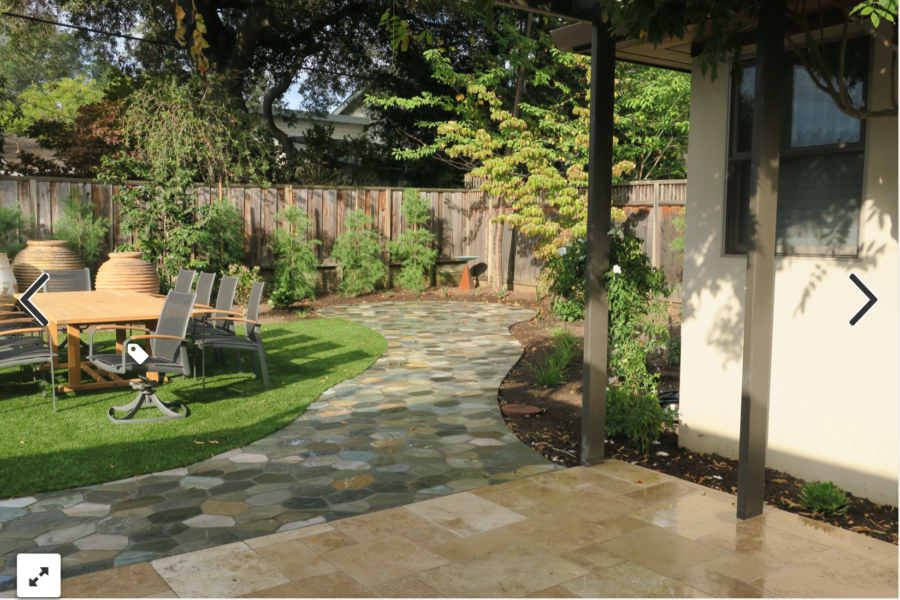
When it comes to designing or renovating your outdoor living space, hardscaping is an essential aspect. Hardscaping involves the installation of non-living elements such as pavers, retaining walls, fire pits,
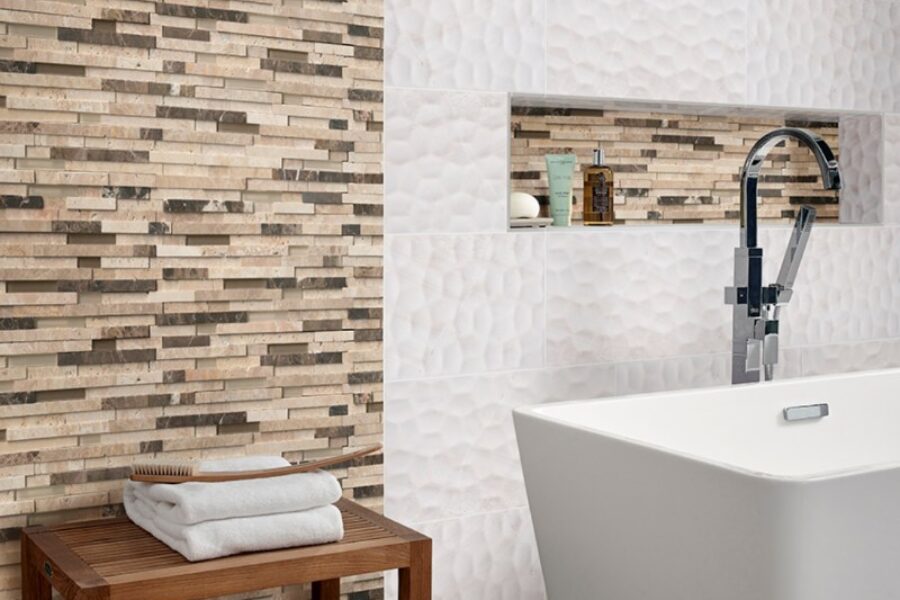
When it comes to creating a modern look, there are a few things to keep in mind: Choose a large format tile: Large format porcelain tiles are popular in modern
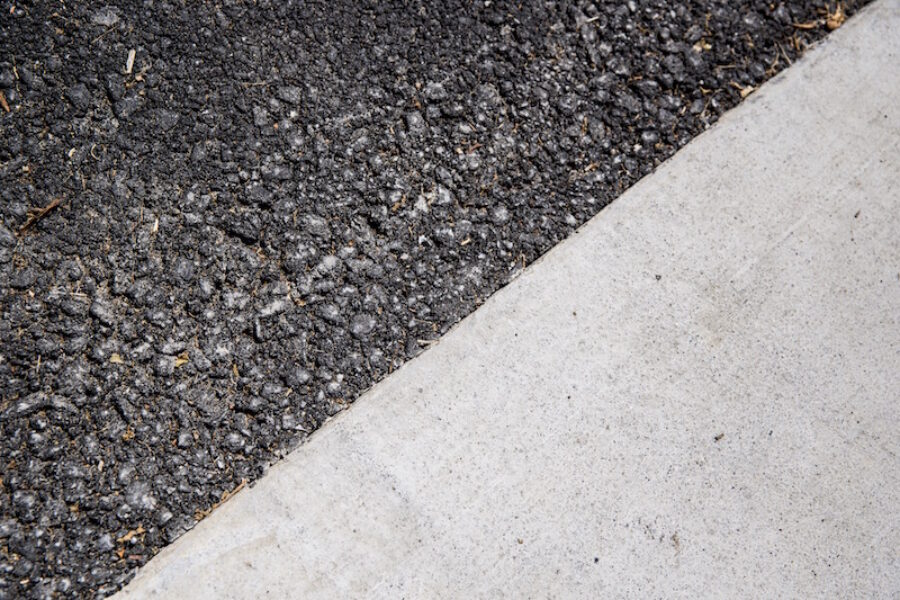
Asphalt and concrete are both popular materials used for constructing driveways. While each material has its own set of advantages and disadvantages, choosing the right one ultimately comes down to
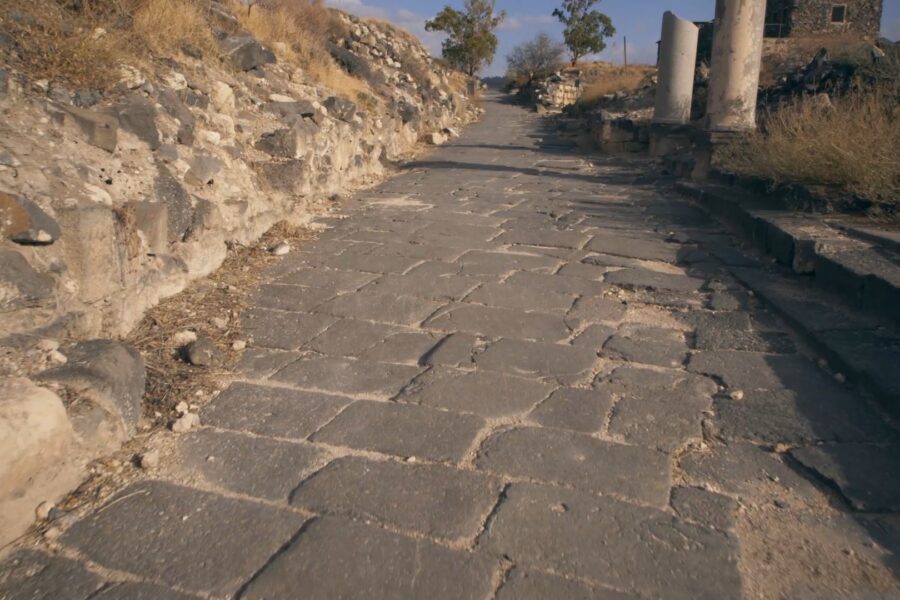
Interlocking pavers have a long history, dating back to ancient civilizations such as the Romans, who used interlocking paving stones for their roads and plazas. The concept of interlocking pavers
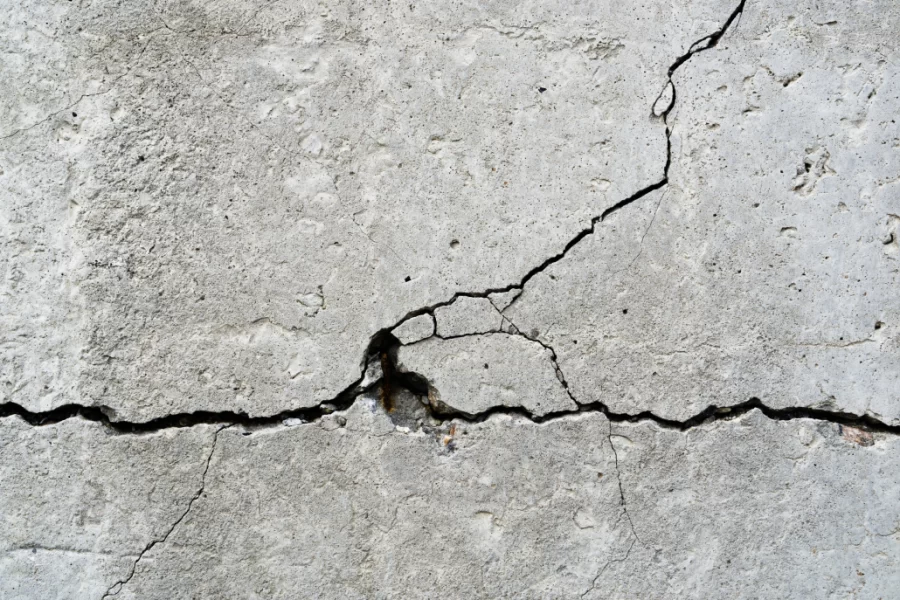
Here are some of the most common reasons why concrete may crack: Shrinkage: Concrete shrinks as it dries and cures, and this can cause cracks to form. This is the
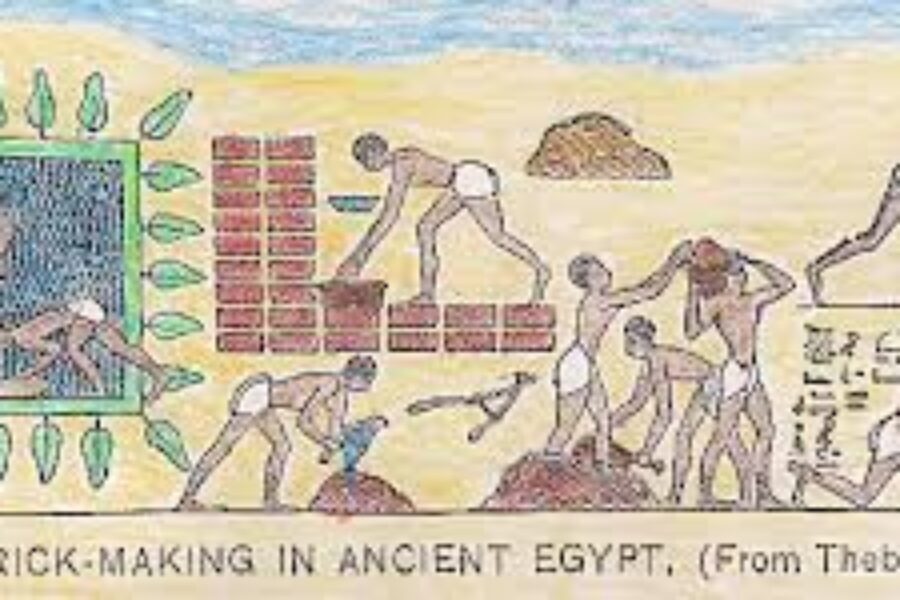
Bricks have been used as building materials for thousands of years, with the first known use of fired clay bricks dating back to ancient Mesopotamia (present-day Iraq) around 8000 BC.
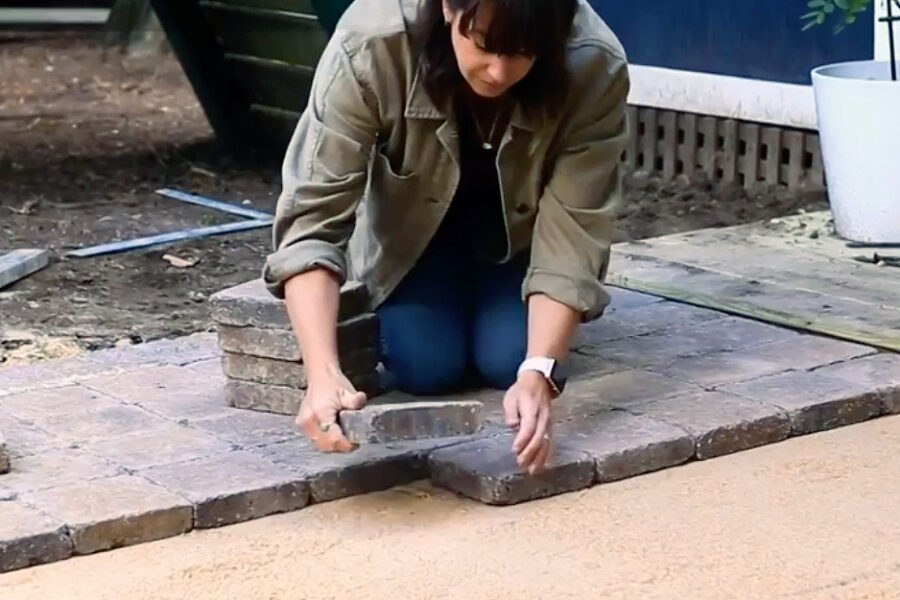
ICPI stands for the Interlocking Concrete Pavement Institute, which is a professional association that promotes the use of concrete pavers for landscaping and other outdoor applications. A certified paver installer


